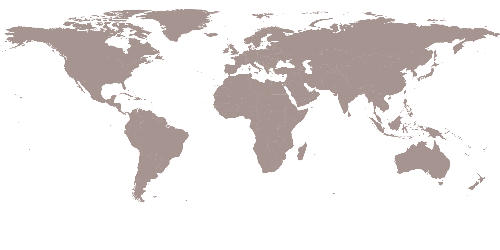Standing 200 metres tall, each fog-catching tower captures airborne water particles as the fog moves from the coast to the Huasco Valley. With 5,000 m² of vertical collection surface, a tower can produce 10,000 to 50,000 litres of water per day—enough to support substantial agricultural activity without relying on the river.
Tower Components
- High-density mesh facades: Passive system for capturing fog moisture.
- Copper mesh panels: Initiate condensation and provide structural support.
- Spiral wood arms: House copper conduits that channel water to the base.
- Base collector: Filters, stores, and distributes purified water.
These towers offer a scalable strategy to regenerate agriculture in the coastal Atacama Desert—transforming fog into a sustainable freshwater resource.
The Huasco region in northern Chile is an agricultural region that depends on water for irrigation from the Huasco River. Water availability has decreased over the last decade, and new solutions have to be found to obtain water on the coast of this desert region. This project intends to use of the “Camanchaca”, a coastal fog originating from the anticyclone of the Pacific and condensing behind the coastline.
The striking ideas consist of towers with a height of 200m catching the water particles and conducting them to the base of the tower, where the liquid will be filtered through a reverse osmosis process to eliminate salt. The tower is constructed as a spiral structure with a wooden base, copper mesh providing conduits and a plastic skin. The water catching system only uses wind energy and gravity in its principal working process. The jury was delighted by this innovative, simple and elegant solution that will provide water to an otherwise declining agricultural area.












